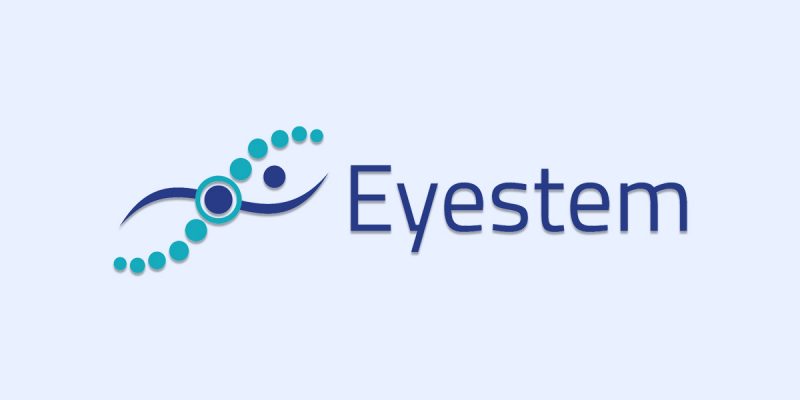Eyestem Research Pvt Ltd announced the completion of its phase one study for its investigational retinal pigment epithelium (RPE) cell therapy, Eyecyte-RPE. The clinical study report of the study has been submitted to the Central Drugs Standard Control Organisation (CDSCO) for permission to start the phase 2 study.
Also Read: Eyestem’s Eyecyte-RPE™ Trial Shows Vision Rescue for Geographic Atrophy Patients
The trial, designed to evaluate the safety and efficacy of Eyecyte-RPE in patients with geographic atrophy (GA) secondary to dry age-related macular degeneration (dry AMD), has shown promising outcomes in the initial phase.
Our phase 1/2a trial demonstrated an excellent safety profile with no serious adverse events, while delivering clinically meaningful vision improvement—an average of 15.8 letters in the first six patients over six months,
These encouraging results position us to advance this important therapy, and we are ready to initiate phase 2 immediately upon receiving CDSCO approval
Dr Rajani Battu
It’s incredibly fulfilling to see patients regain the ability to carry out everyday tasks—such as reading large print, identifying coins, and recognising familiar faces. Many are now able to check weights, operate borewells, and move around with greater confidence. These are meaningful improvements that truly enhance lives.
The trial is showing strong signs of both disease stabilisation and functional visual recovery. What makes it even more inspiring is that an innovative company from India has achieved this breakthrough. It’s a proud moment to contribute to a development that has the potential to transform global eye care, beginning right here at home.
Dr Rajpal Vohra, Dr Rushikesh Naigaonkar, and Dr Vivek Dave
The data from phase 1 supports our direction, and we’re preparing to begin phase 2 in India, subject to CDSCO approval. Planning is also underway for the US leg of the trial, targeted for the first half of next year. Our focus remains on generating strong clinical evidence and advancing a scalable cell therapy platform for retinal diseases.
Dr Jogin Desai
Phase 2 of the trial will begin as soon as Eyestem receives approval from the CDSCO.
The submission of the phase 1 study report marks a key milestone in Eyestem’s progress. As Eyestem prepares to initiate phase 2, it continues to build on its commitment to delivering advanced, high-quality, and scalable cell therapies for retinal conditions.
About Eyecyte-RPE™
Eyecyte-RPE™, derived from induced pluripotent stem cells (hiPSCs), is a proprietary retinal cell therapy product with a novel composition, developed and patented by Eyestem Research. The product can help replace the damaged or lost retinal pigment epithelial (RPE) cells and potentially enable tissue regeneration in the diseased retina. This unique formulation is allogeneic, scalable, and can be stored as a frozen vial for long periods of time.
About Geographic Atrophy
Dry AMD is the leading cause of blindness for people over 50. Geographic atrophy (GA) is an advanced form of dry age-related macular degeneration (AMD) that leads to progressive and irreversible loss of central vision, characterised by the death of cells in the macula, the central part of the retina. Approximately 196 million people suffer from dry AMD globally, five million of whom suffer from GA.
Last Modified:





